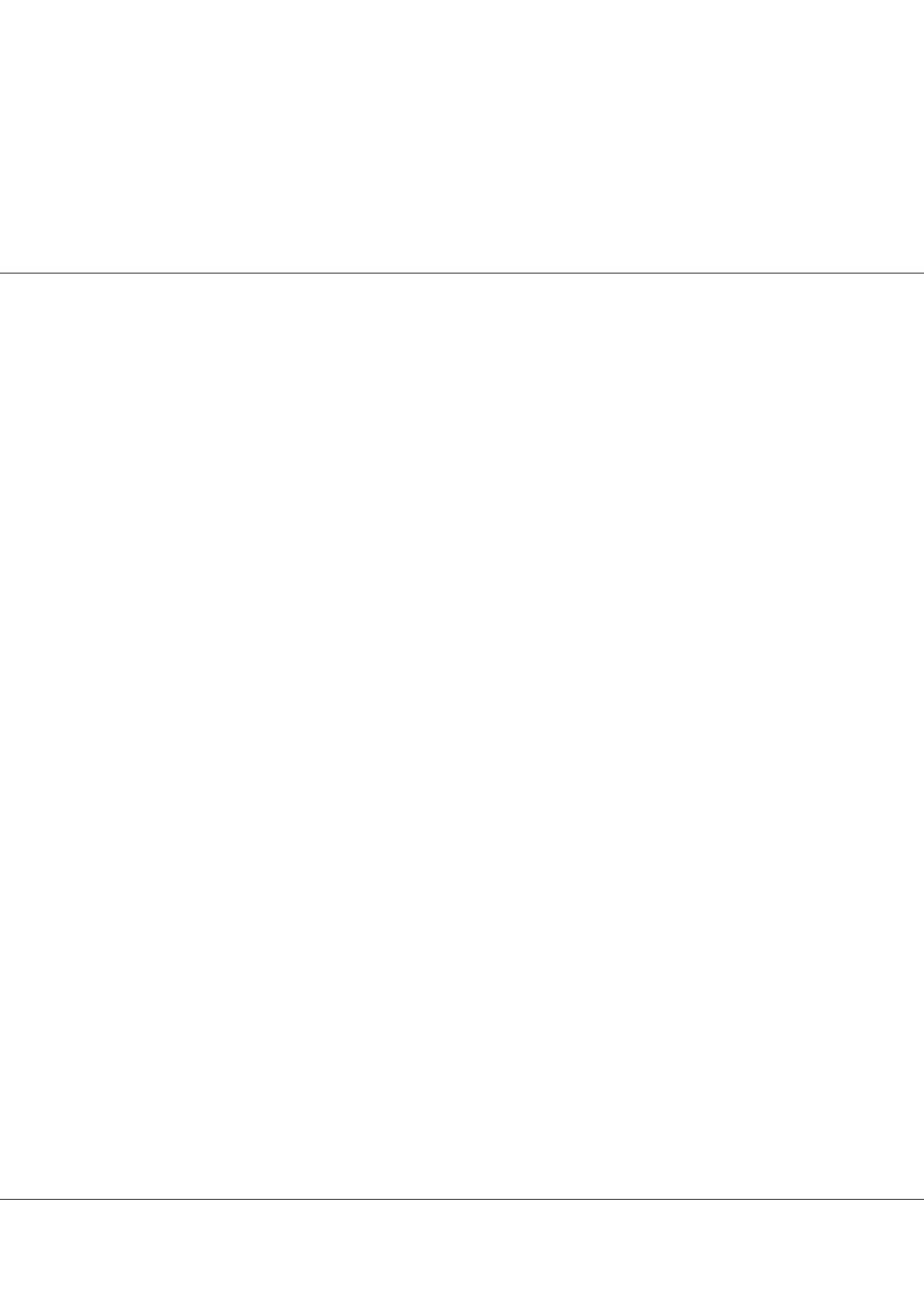

Volume 2, Issue 3(Suppl)
Oncol Cancer Case Rep
ISSN: 2471-8556 an open access journal
Page 62
Notes:
Cancer Therapy & Biomarkers 2016
December 05-07, 2016
conferenceseries
.com
CANCER THERAPY,
BIOMARKERS & CLINICAL RESEARCH
15
th
World Congress on
December 05-07, 2016 Philadelphia, USA
Predicting wound healing complications: a personalized medicine approach to wound care
Kara L Spiller
1
and
Michael S. Weingarten
2
Drexel University, USA
Background:
Wound healing can be impaired by bacterial infection or patient factors including diabetes, autoimmune disease,
chemotherapy, and immunosuppression. Failure to achieve complete closure of wounds, whether they are combat wounds or
chronic ulcers that are commonly observed in the veteran population, leads to impaired mobility, hospitalization, amputation,
and even death. The selection of an appropriate, individually tailored treatment strategy from the myriad choices available on
the market is critical to successful wound healing. Unfortunately, there is no accurate, objective way to determine if a wound
is healing or not. For example, in clinical practice, chronic diabetic ulcers that fail to show a 40% reduction in surface area
(length x width) over 4 weeks are considered non-healing. However, this method of healing diagnosis has low accuracy (~60%)
because these assessments are subject to error, can differ from one physician to the next, and convey only superficial character-
istics of the wound. As a result, patients are treated with ineffective treatments for far too long (leading to amputation or death),
or expensive therapies like synthetic skin substitutes and hyperbaric oxygen therapy are used when they are not necessary
(causing waste to our healthcare system). Therefore, we developed a quantitative molecular assay that uses debrided wound
tissue that would otherwise be discarded to evaluate the behavior of wound macrophages, the inflammatory cells recognized as
the major regulators of healing, in order to determine if a wound is on a healing trajectory or is likely to develop complications
and fail to heal.
Methods:
In the pilot study, debrided wound tissue, collected during routine wound care that would otherwise be discarded,
was collected from the ulcers of 21 diabetic patients over 4 weeks. Treatment and follow-up were conducted for an additional
8 weeks to determine if the ulcer had completely healed at 12 weeks. Gene expression data of a panel of 7 biomarkers related to
the behavior of macrophages was converted to a single score that is indicative of the inflammatory status of the wound. Briefly,
the score represents a ratio based on the M1/M2 paradigm of macrophage behavior, in which M1 macrophages are inflam-
matory yet initiate the healing process, while M2 macrophages are anti-inflammatory and facilitate resolution of the healing
process. Non-healing wounds are believed to be stalled in the M1 phase.
Results:
In the pilot study of 21 patients with diabetic ulcer, the M1/M2 score decreased over a 3-week period for all wounds
that ultimately healed by 12 weeks of treatment (n=9 patients). In stark contrast, the scores stayed the same or increased for
all wounds that ultimately failed to heal (n=12 patients). In fact, the fold change in the score at 4 weeks from the initial visit
was almost 100 times higher for nonhealing wounds compared to healing wounds (p<0.0001). Using a 4-week fold-change
cutoff of 1 (so that an increase was used to classify non-healing wounds and a decrease was used to classify healing wounds),
the score successfully predicted healing or nonhealing in 19/21 patients in this study (100% positive predictive value, 83.3%
negative predictive value, and 90% overall accuracy). Interestingly, healing wounds generally had higher M1/M2 scores than
non-healing wounds at the start of the study, suggesting that inflammation is critical for wound healing and that with further
optimization, analysis of a single sample may be predictive of likelihood of developing wound complications.
Kara L Spiller et al., Oncol Cancer Case Rep 2016,2:3(Suppl)
http://dx.doi.org/10.4172/2471-8556.C1.002















